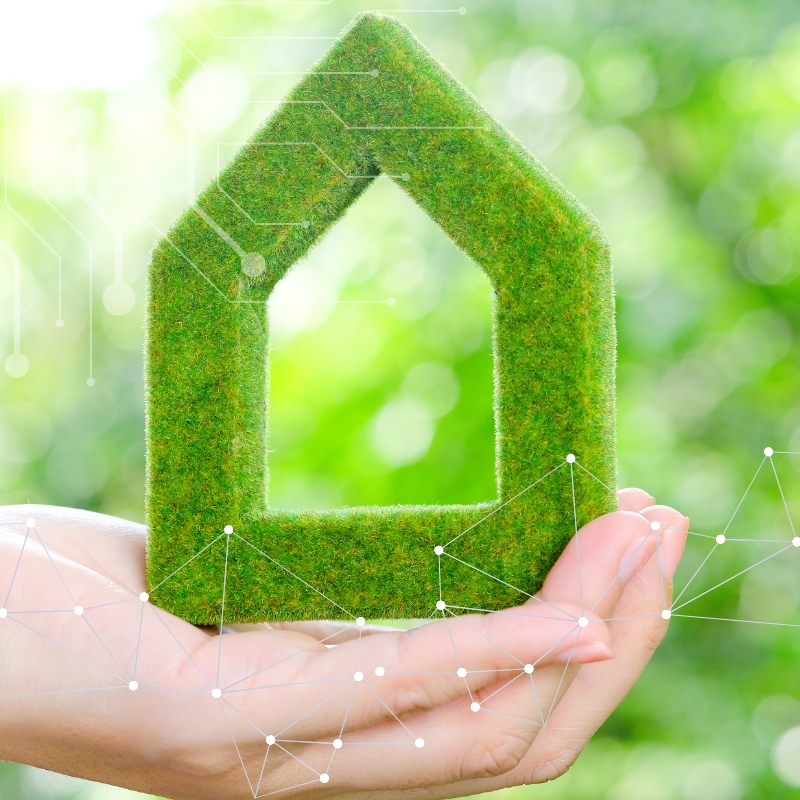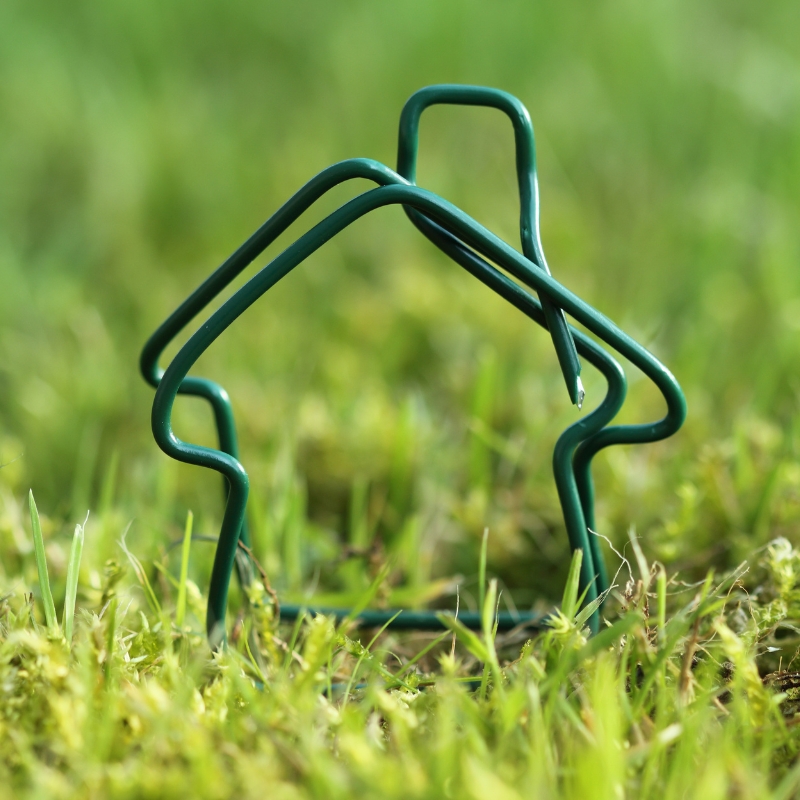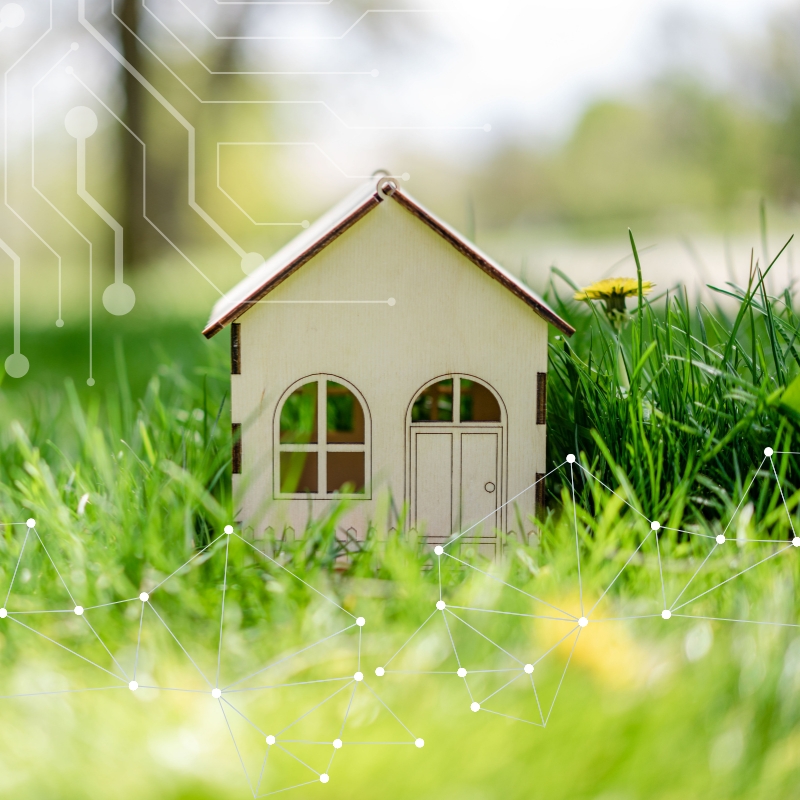How to save?
Incentives and bonuses
In Italy, the installation of high-power heat pumps is incentivized through three types of tax incentives:

Incentives 2025
CONTO TERMICO
The Conto Termico 2.0, defined by MISE Decree 16/02/2016, aims to upgrade buildings and improve energy performance.
Who is eligible for the Thermal Account?
Eligible for incentives:
- Public administrations (Regions, Provinces, Municipalities, State Agencies, Schools, Hospitals…)
- Private entities (Homes, Industries, Commercial Activities, Condominiums, Agricultural Businesses)
- Former Public Housing Institutes, regardless of their current name and transformation by the Regions
- Social cooperative societies (Law 381/1991)
- Housing cooperatives (Law 164/2014)
The incentives are part of a contract between the GSE and the Responsible Party. If the incentive amount is less than €5,000, the payment is made via bank transfer to the account of the system's Responsible Party, no later than 2 months after the application is approved. If the amount is higher, it is disbursed in equal annual installments, with the first payment always within 2 months and the final one no later than 5 years. The incentive cannot exceed 65% of the expenses incurred.
How is the incentive disbursed?
It can be combined with other non-state incentives and within the scope of the specified interventions, such as capital grants, guarantee funds, and revolving funds. It is NOT combinable with the Tax Deduction of up to 50% or with White Certificates.
Is combinable with other incentives?
E2Tech
Incentive values
The following table summarizes the economic values recognized by the Conto Termico, differentiated by the relevant climate zone and power of the installed machine.


Incentivi 2025
ECOBONUS 2025
The Ecobonus tax break consists of deductions from Irpef (personal income tax) and Ires (corporate income tax) and is granted when work is carried out that increases the energy efficiency level of existing buildings.
Who is eligible for the Tax Deduction?
Eligible for the deduction are all resident and nonresident taxpayers, including those with business income, who own, in any capacity, the property being worked on:
- Individuals (including those engaged in arts and professions)
- Those who earn business income (individuals, partnerships, corporations)
The prerequisite for taking advantage of the deduction is that the work is carried out on existing real estate units and buildings (or parts of buildings), of any cadastral category, even if rural, including instrumental (for business or professional activities) and those belonging to categories A/1 and A/8, and that they are equipped with a heating system.
To access the Tax Deduction, the taxpayer must submit the required documents to ENEA within 90 days from the completion date of the work and make payments via bank transfer.
For the replacement of the winter climate control system with:
- High-efficiency heat pump (air-to-water, air-to-air): €30,000
- Hybrid system (condensing boiler + heat pump): €30,000
How to access the Tax Deduction?
With the approval of the 2025 Budget Law, the Tax Deduction for energy efficiency upgrades has been confirmed, but the deduction rates have been adjusted to 36% across the board, except for interventions on primary residences, where the rate increases to 50%. Regarding the types of eligible interventions, all incentives for replacing old generators with condensing gas boilers have been removed. These are now only eligible for incentives if included in hybrid systems. The deductible amount includes material costs, design, installation, and certifications, and must be spread over 10 equal annual installments.
What are the eligible tax deductions for 2025?

Incentivi 2025
BONUS CASA 2025
As an alternative to energy-saving tax breaks, you can opt for the deduction for building renovation work, until 12/31/2025. As was the case with Ecobonus, the rates for the Home Bonus have been differentiated into interventions carried out on main dwellings, for which the 50 percent rate is confirmed, while interventions carried out on non-main dwellings benefit from a rate that drops to 36 percent. This benefit, governed by Article 16-bis of Presidential Decree 917/86, is provided for the same interventions and is applicable when incurring expenses for renovations of real estate carried out on individual residential real estate units of any cadastral category, with a maximum expenditure limit of 96,000 euros.
Who is eligible for the Tax Deduction?
All taxpayers subject to personal income tax (Irpef), whether or not resident in the territory of the state, are eligible for the Tax Deduction on renovation expenses. The relief is available not only to property owners but also to holders of real/personal rights of enjoyment over the property subject to the interventions and who bear the related expenses.
Among all the interventions eligible for the Tax Deduction, those carried out to achieve energy savings are included, with particular attention to the installation of systems based on the use of renewable energy sources. Interventions involving the replacement of old generators with condensing gas boilers have been excluded from the deduction. These remain eligible for incentives only if they are part of hybrid systems. It is necessary for the system to be installed in service of the residence, even in the absence of actual construction work, provided that documentation proving the energy savings is produced.
Which interventions are eligible for the Tax Deduction?
At the start of the work, when required, a specific notification must be sent to the competent local health authority (ASL). Within 90 days from the completion date of the work, an information sheet regarding the completed interventions must be submitted to ENEA, and payments must be made via bank transfer.
